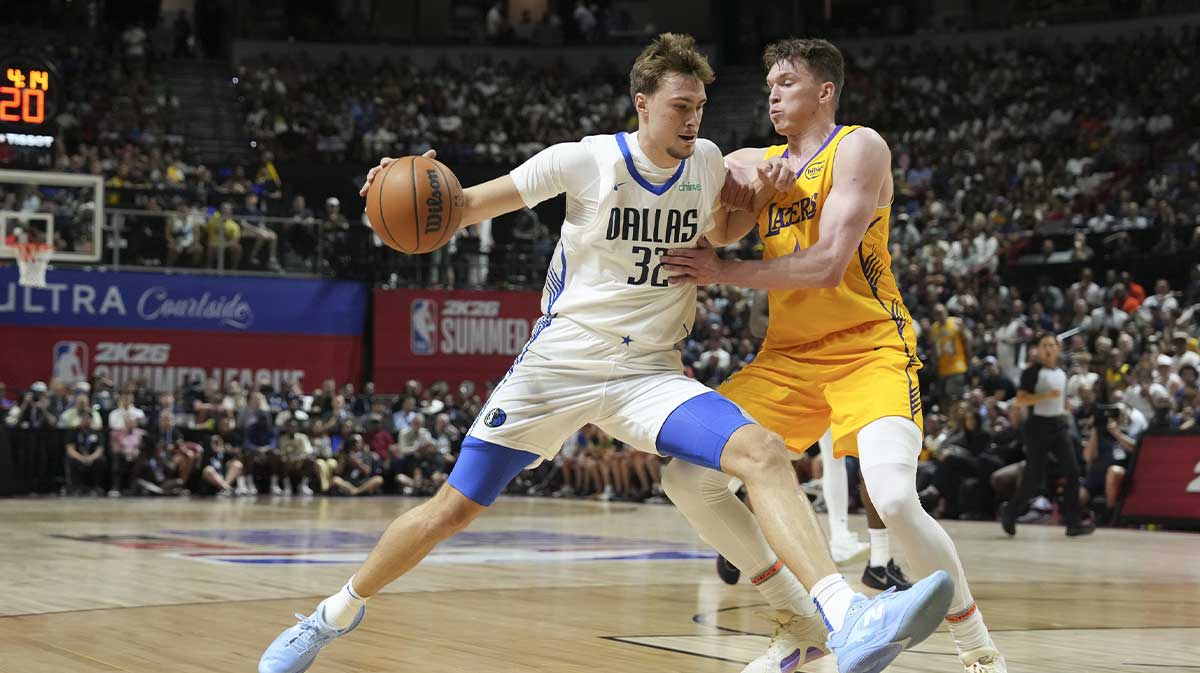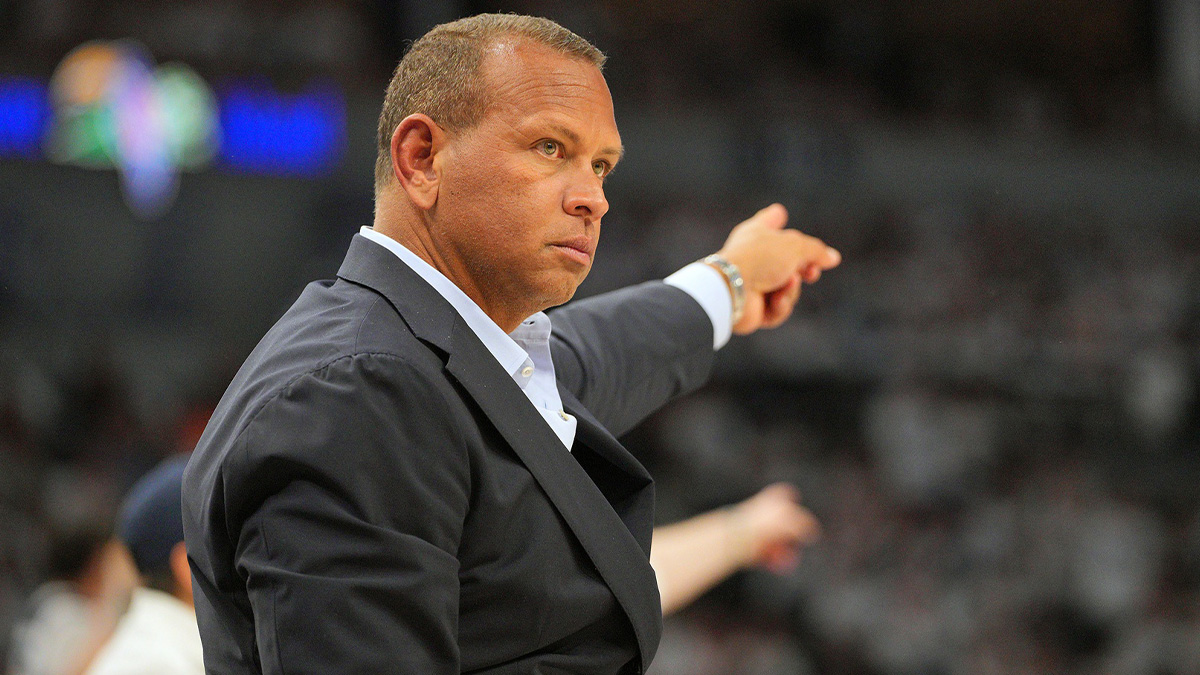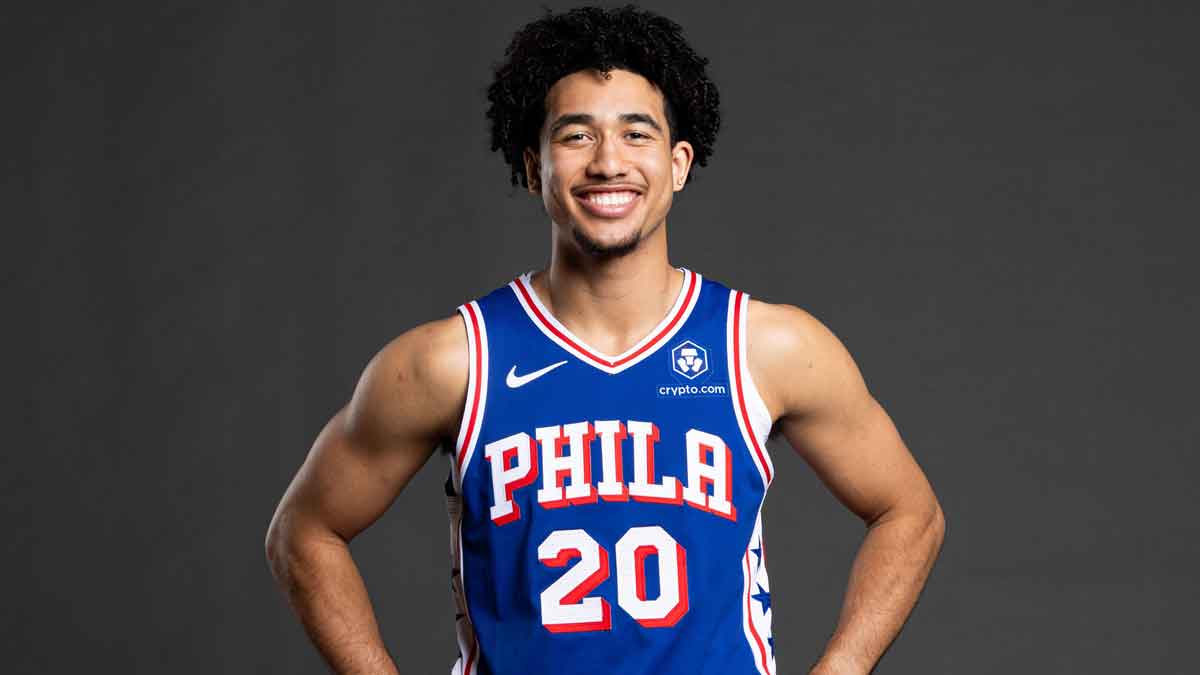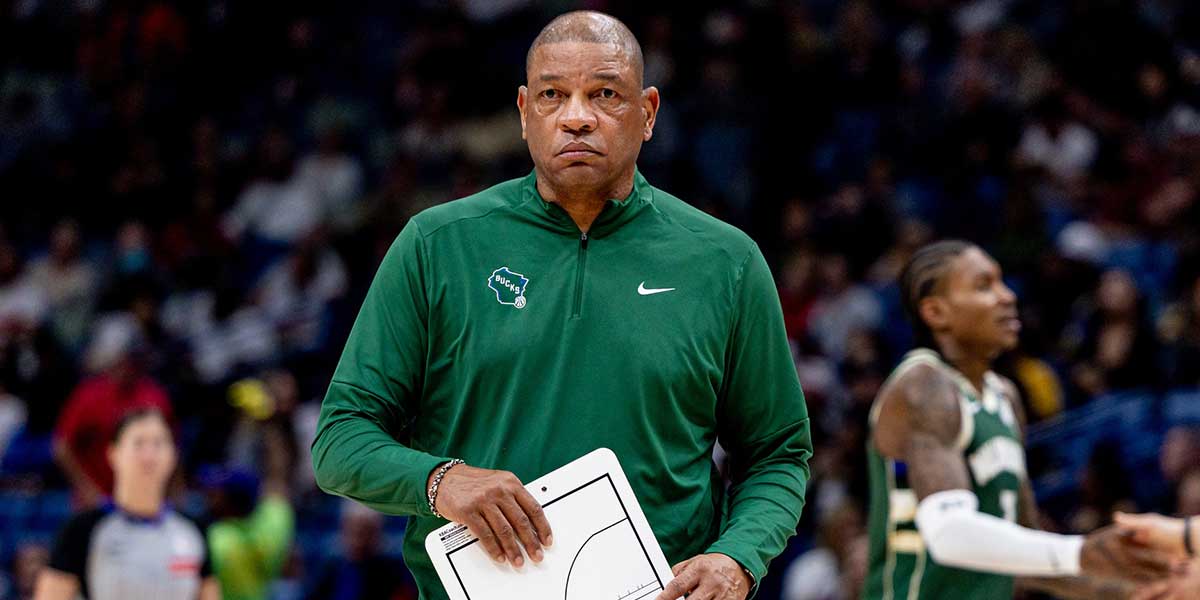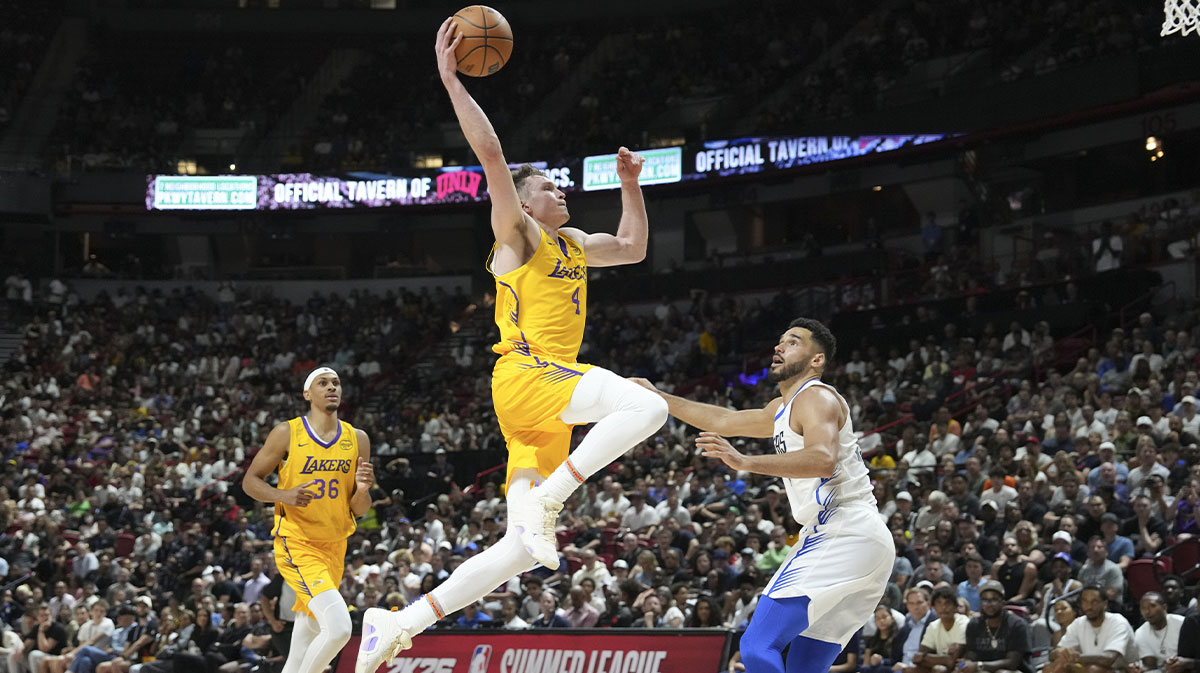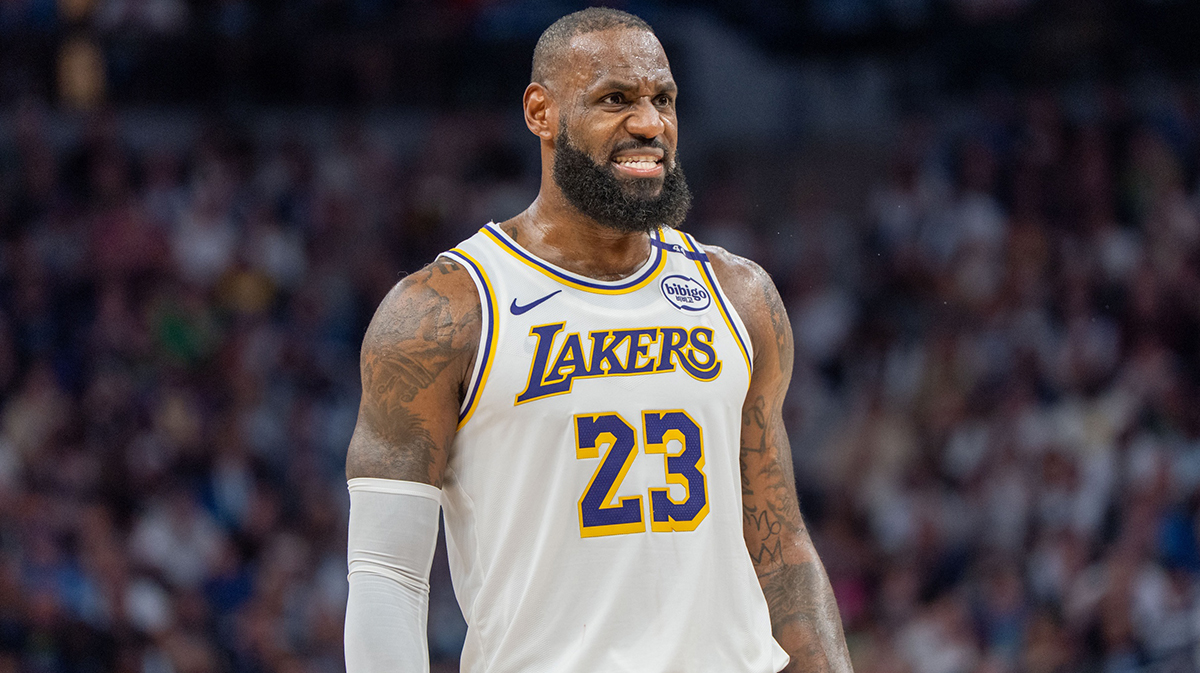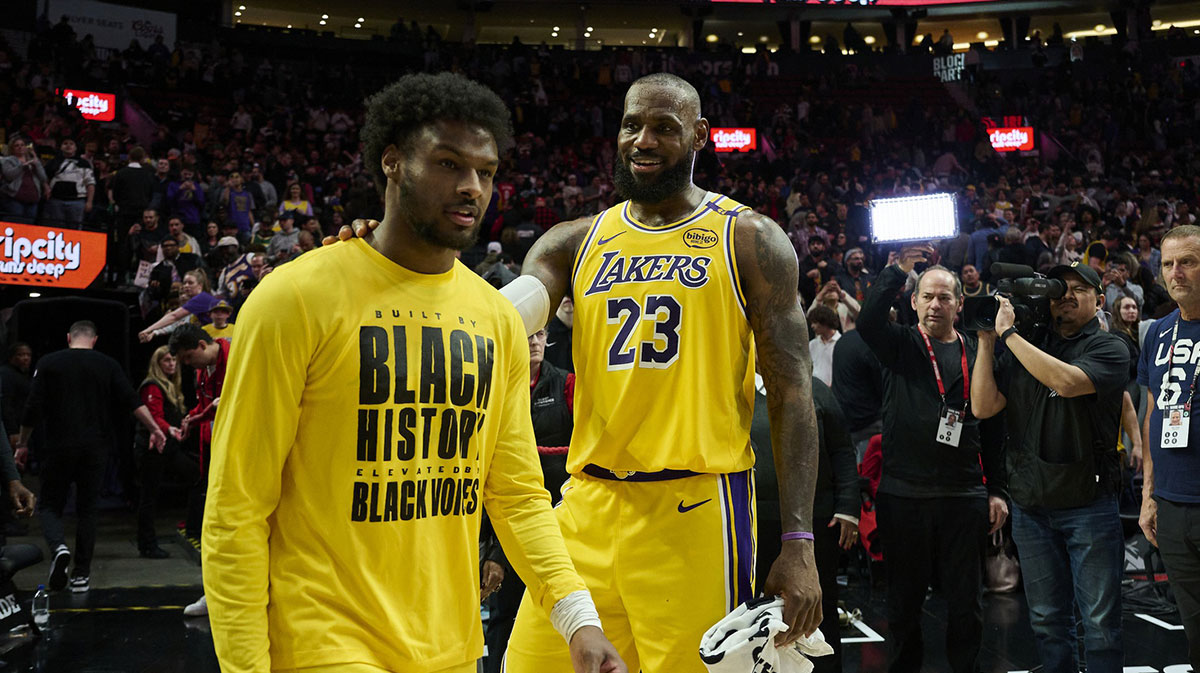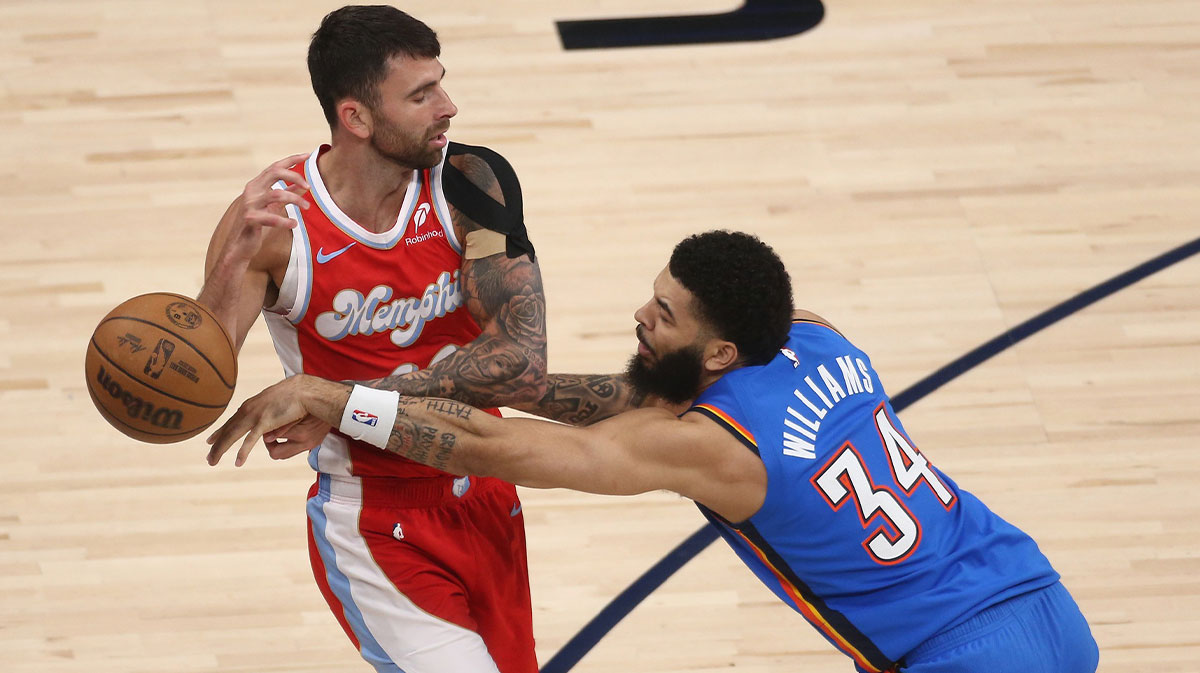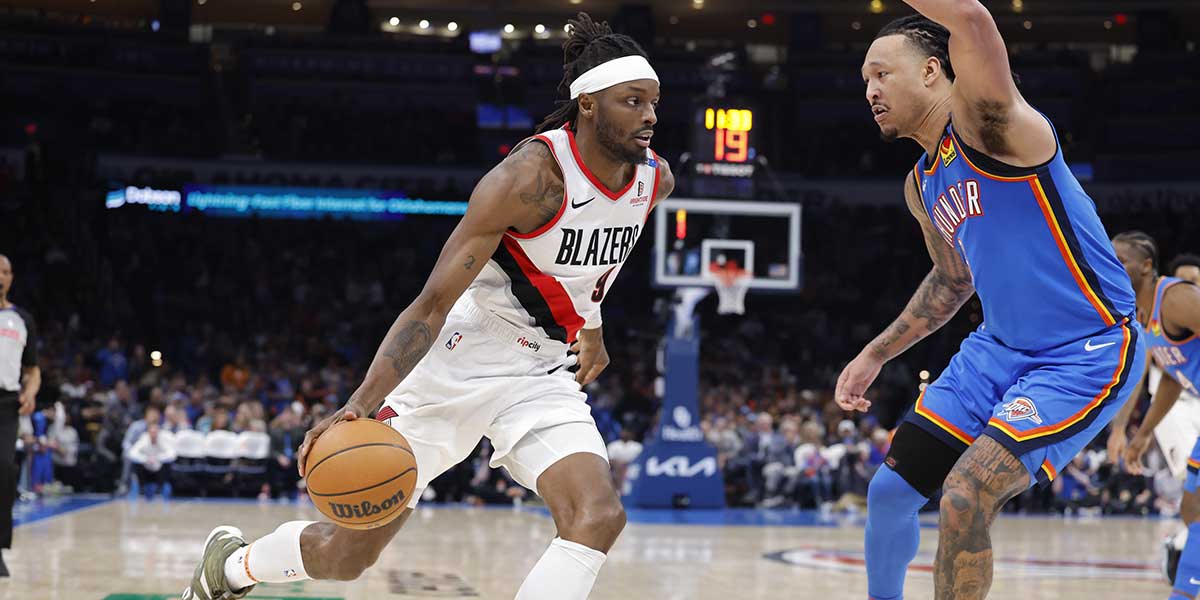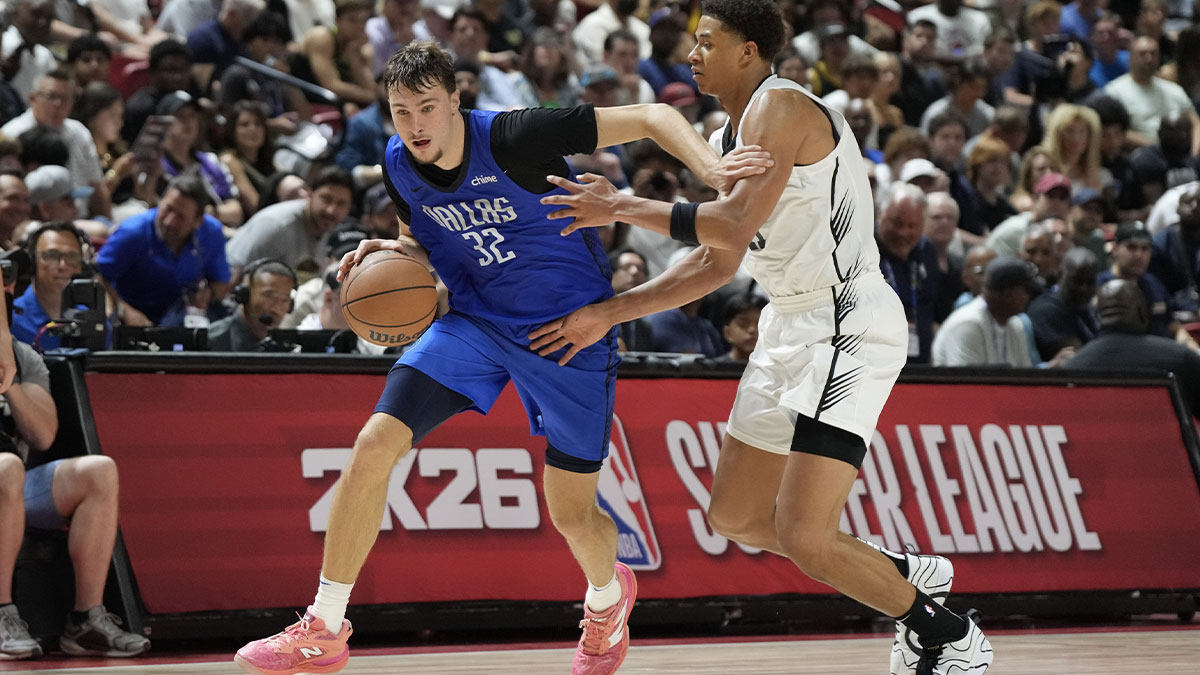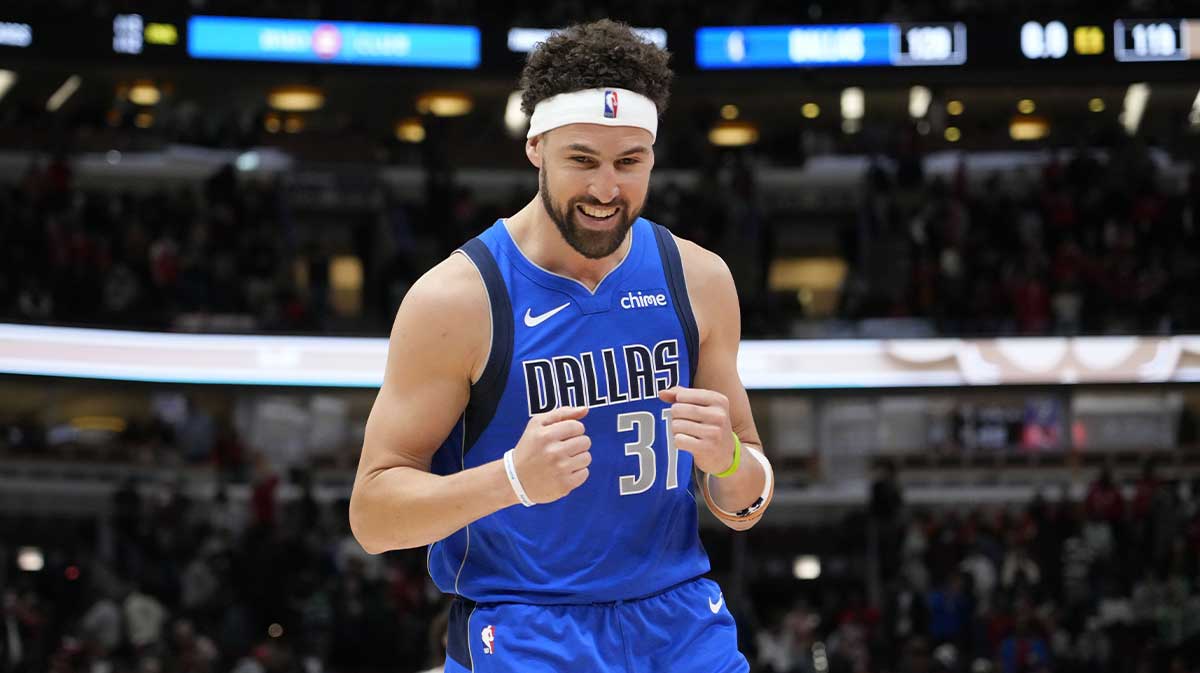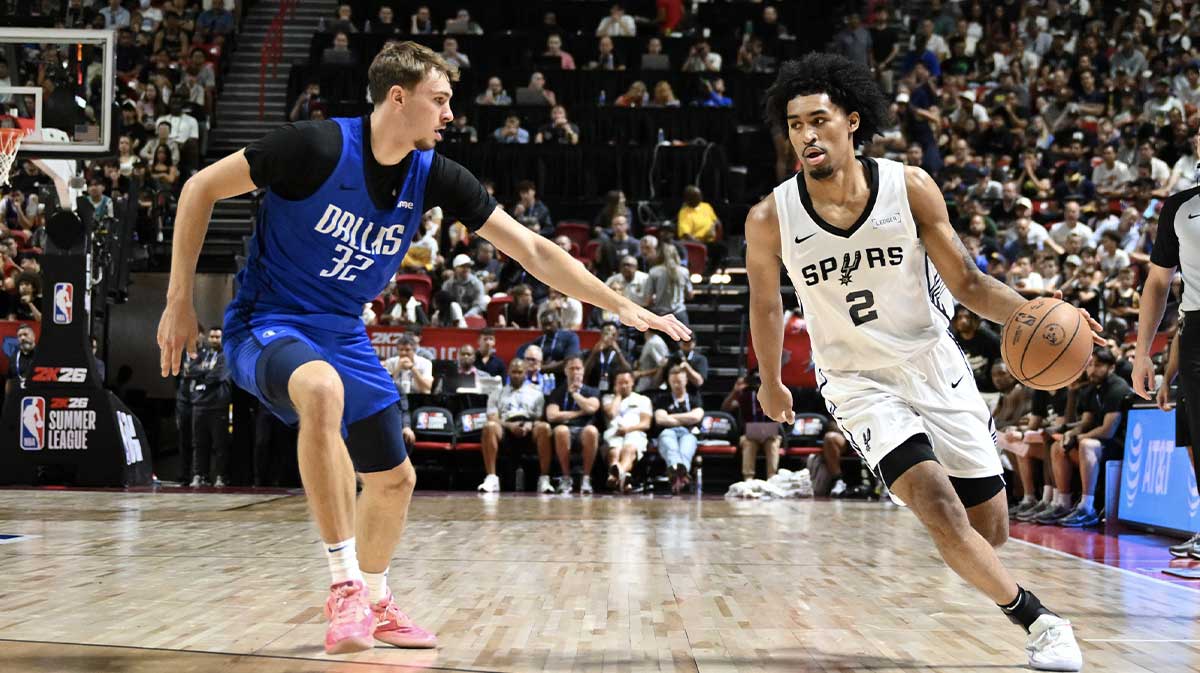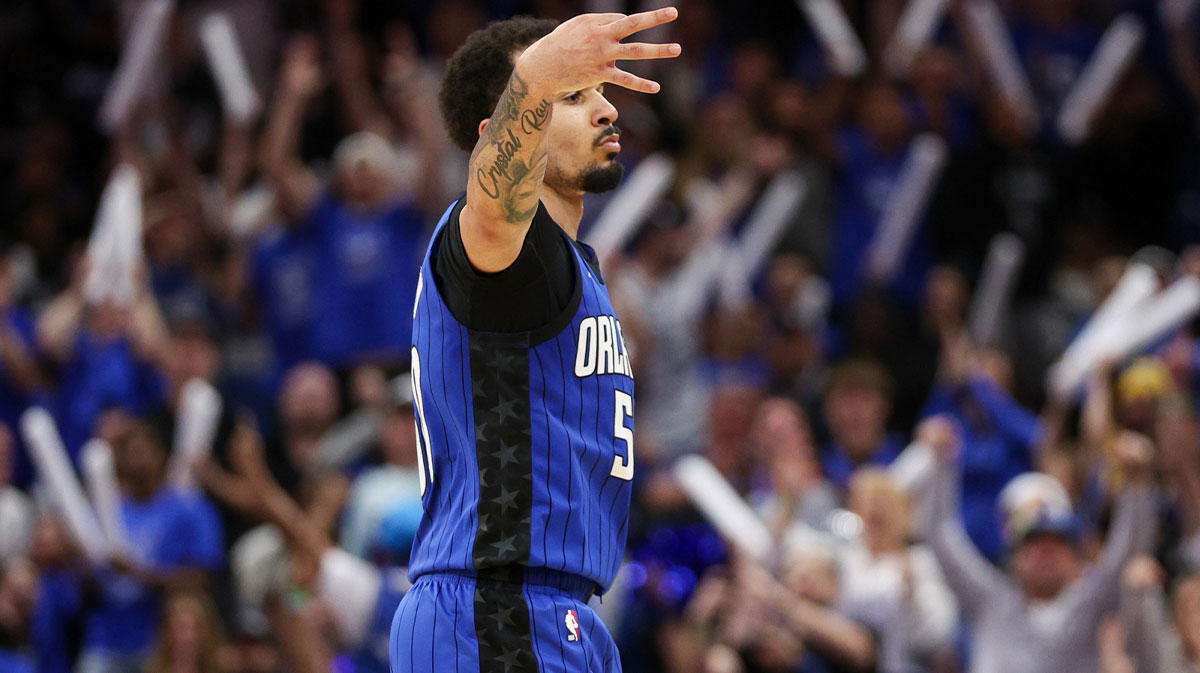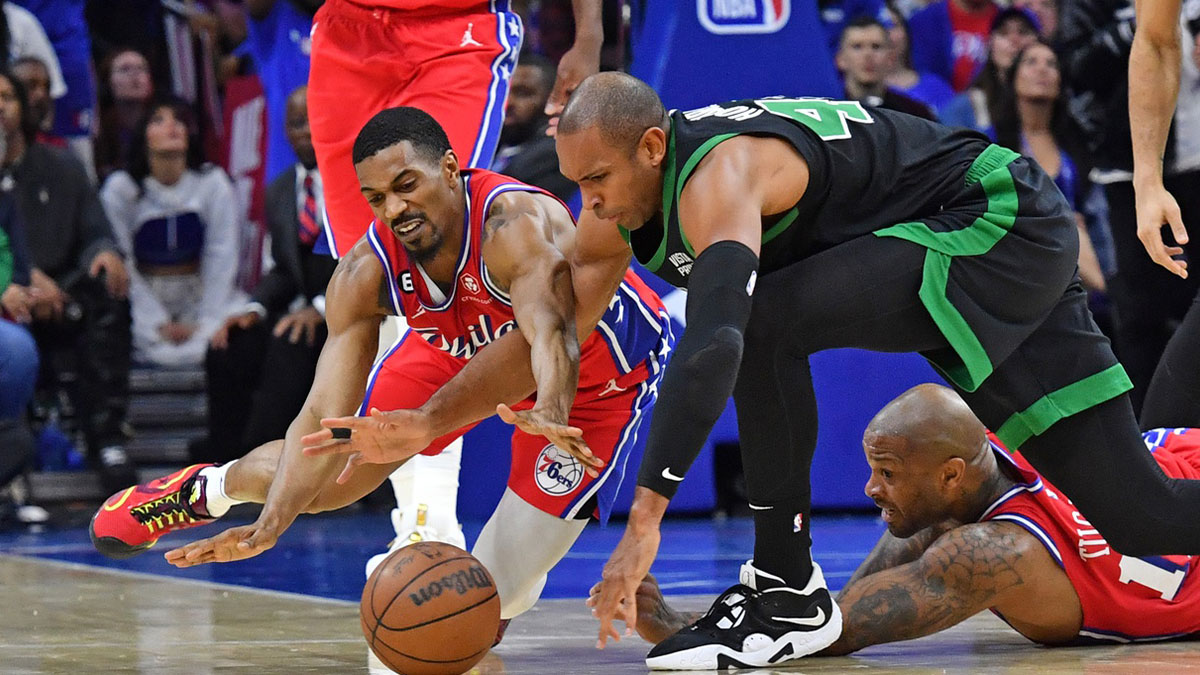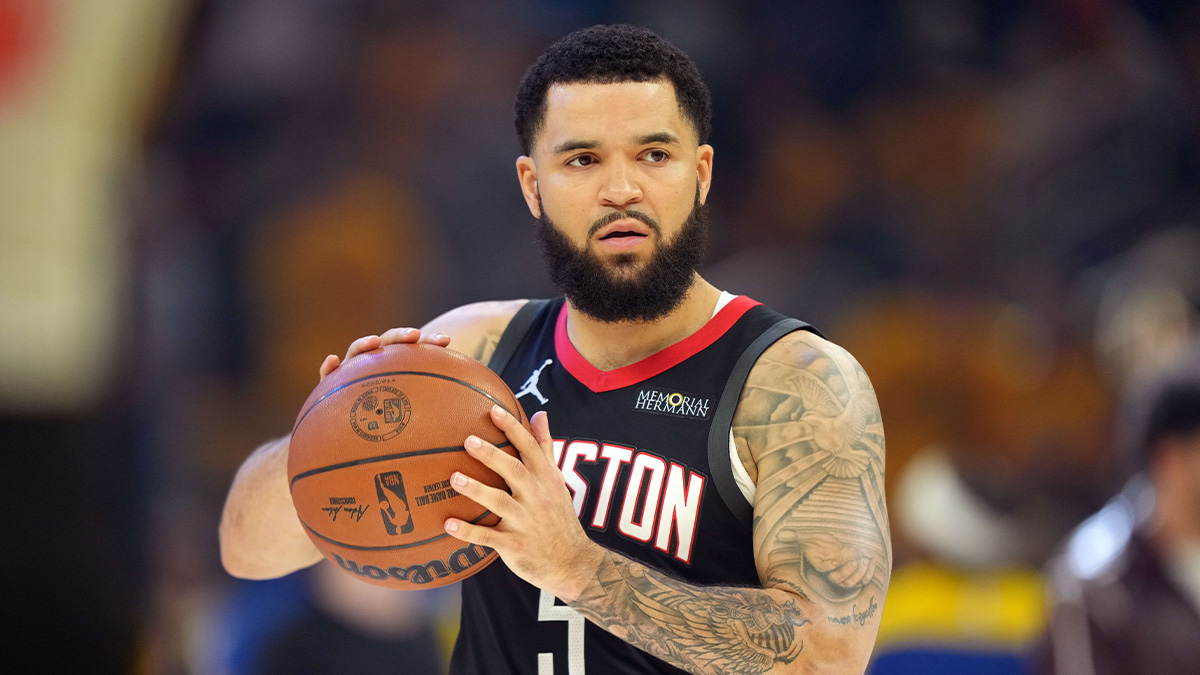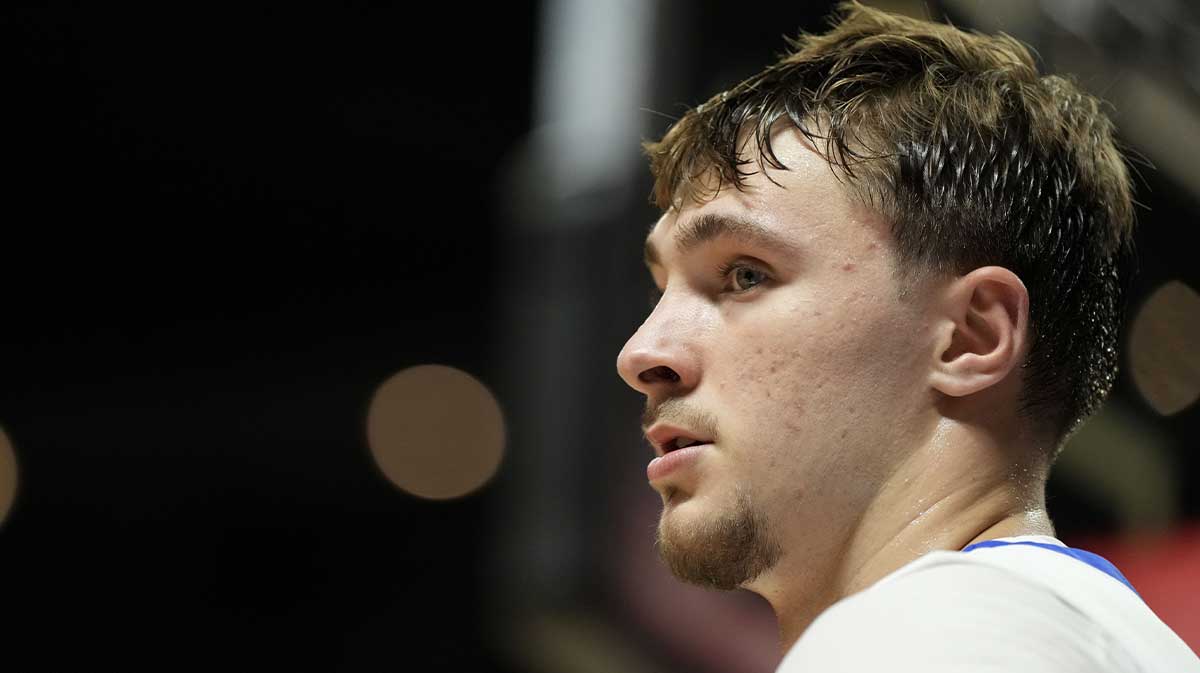With the sheer amount of games played each season, we are bound to see some individual performances that stray from the norm every now and then. These games, in which players surpass their perceived ability, show us that each and every NBA player is capable of impacting the game in a number of ways that diverge from their established role on the court. The prime example of that is the quintet of players who managed to sneak in amazing 50 point performances in seasons in which they didn't even average 15 per game – Corey Brewer, Terrence Ross, Andre Miller, Mo Williams and Tony Delk.
In the same vein, we have witnessed some exciting individual performances by players who filled up the statsheet, but in categories that they weren't really supossed or expected to fill up. Let's have a look at these out-of-the-blue outings with extreme deviations from player's season averages:
1. 22 assists (George McCloud)
George McCloud, one of the most notorious NBA 3-point shooters (averaged 8.6 3PA in 1995-1996, second most in NBA history excluding last two seasons), was aware his career is coming to a close, and started questioning himself “Perhaps I should have tried a different approach?”. Instead of shooting the ball himself, which was his usual M.O., he decided that a road game against the Bulls is as good time as any to start looking for open teammates, finishing the game with 22 assists – in a season in which he averaged only 3.7 assists. That was a truly shocking achievement for McCloud, given that his career high in assists was 12, and up until that point he only had one other 10+ assist game. Channeling his inner Magic actually proved fruitful for his Nuggets, as they managed to beat the Bulls in the overtime (which wasn't really that special of an achievement back in 2001).

2. 29 rebounds (Timofey Mozgov)
Just three seasons ago, Mozgov averaged only 6.4 rebounds playing for the Denver Nuggets, so no one really expected this not overly assertive 7'1” Russian big man to explode for a 29 rebound game against a Warriors team that was just starting to heat up. He had previously recorded only two 15+ rebound games, so to almost achieve double that number really came from the left field. His magnificent rebounding performance, which he didn't even come close to repeating, was, however, completely overshadowed by a Bryantesque scoring performance. He also apparently dropped 93 points this game.

3. 10 steals (Brandon Roy, Michael Finley)
You might remember Brandon Roy for all kinds of things – his incredible scoring ability, heartwrenching injury problems, you name it. But when someone mentions Roy, his defensive awareness, quick hands and ball-stealing prowess probably won't be the first things to pop to mind. And yet, he is one of only three players to record 10 steals in a game over the last 18 years. His insane pick-pocketing performance was quite surprising really; he only averaged 1.1 steals in that season, and up to that point of his career had only four games with four or more steals. However, he decided that the Wizards, and particularly Caron Butler (who recorded 9 turnovers), won't have a nice time facing him in that mid-season game back in '09.
Draymond Green had 10 steals in a game that will probably be remembered as his statement performance, but the pesky defending is his trademark, so that number in the steals column wasn't as unexpected. The same could not be said for another offense-oriented legend; you'll remember the 2007 NBA champion Michael Finley. Unrelenting abuse of the Sixers in their 2001 meeting allowed him to reach double digits in steals in a season in which he averaged just 1.4 strips, and he also came dangerously close to achieving a quadruple double (fell four rebounds and three assists short).

4. 30+ field goal attempts (Charlie Villanueva, Marquis Daniels)
Fringe players suddenly feeling entitled to fire at will and double or triple their usual number of shots is usually a direct consequence of an injury sustained by key teammates. An early injury to Chris Bosh in a 2006 Bucks – Raptors clash, coupled with the absence of Jalen Rose, Jose Calderon and Antonio Davis, resulted in Charlie Villanueva‘s playing time skyrocketing to rarely seen heights. He suddenly found himself near the top of the chain of command, and he wholeheartedly accepted his new role. Shot after shot, he nonchalantly reached 33 FGA, tripling his season average of 11.6 FGA. In the 46 minutes he got, he racked up 48 points on amazing 63% shooting. Yes, Charlie Villanueva was once only two points shy of a 50 point game.
An even better example is Marquis Daniels‘ 32 point game, in which he filled the void created by Dirk, Finley and Dampier injuries back in 2005. It took him 30 shots to do it, but he has proven that a player who doesn't shoot much at all (averaged 8.4 FGA that season) is able to reinvent his confidence and cover for others in the times of need.
We've had some similar head-turning performances in the recent seasons as well. In the latter stages of the 2015-2016 season, Seth Curry was handed the reins of a drowning Kings team against the Suns, and showcased his playmaking talent dishing out a total of 15 assists. Given his 1.5 assist average that season and the fact that he failed to record a double digit number of assists ever again, that was a true one-hit wonder for the younger Curry.

Last season, just 16 players attempted more than 30 shots in a single game – Westbrook, Lillard, AD, Kyrie…and Sean Kilpatrick. He started out cold in a home affair vs. Clippers, but the high volume of shots he ended up taking was ultimately vindicated; he scored 31 points in the last quarter and the two overtimes, landing his Nets the win, and himself a nice career high of 38 points, despite attempting a tad over 10 shots per game during the season.
These performances prove that virtually every player in the league is a more complete basketball player than the average stats would suggest, which is a consequence of limitations that come with player roles, the coaches' gameplan, and the simple fact that the on-court duties are shared between five guys. However, given the right set of circumstances, each player who usually fills a certain role could easily explode and give us a glimpse of what they are truly capable of in the scoring, rebounding, playmaking and (un)successful shot chucking department.

